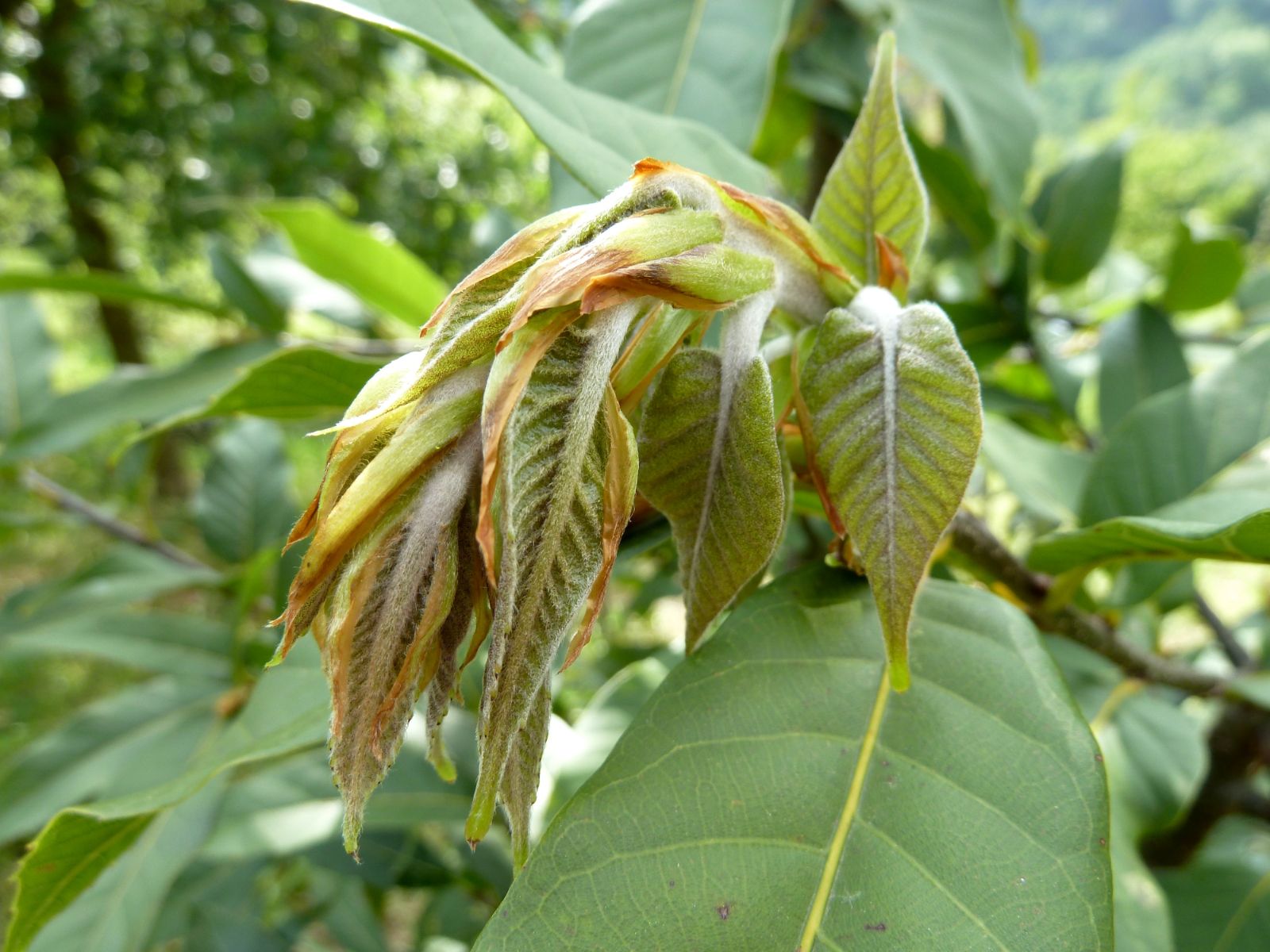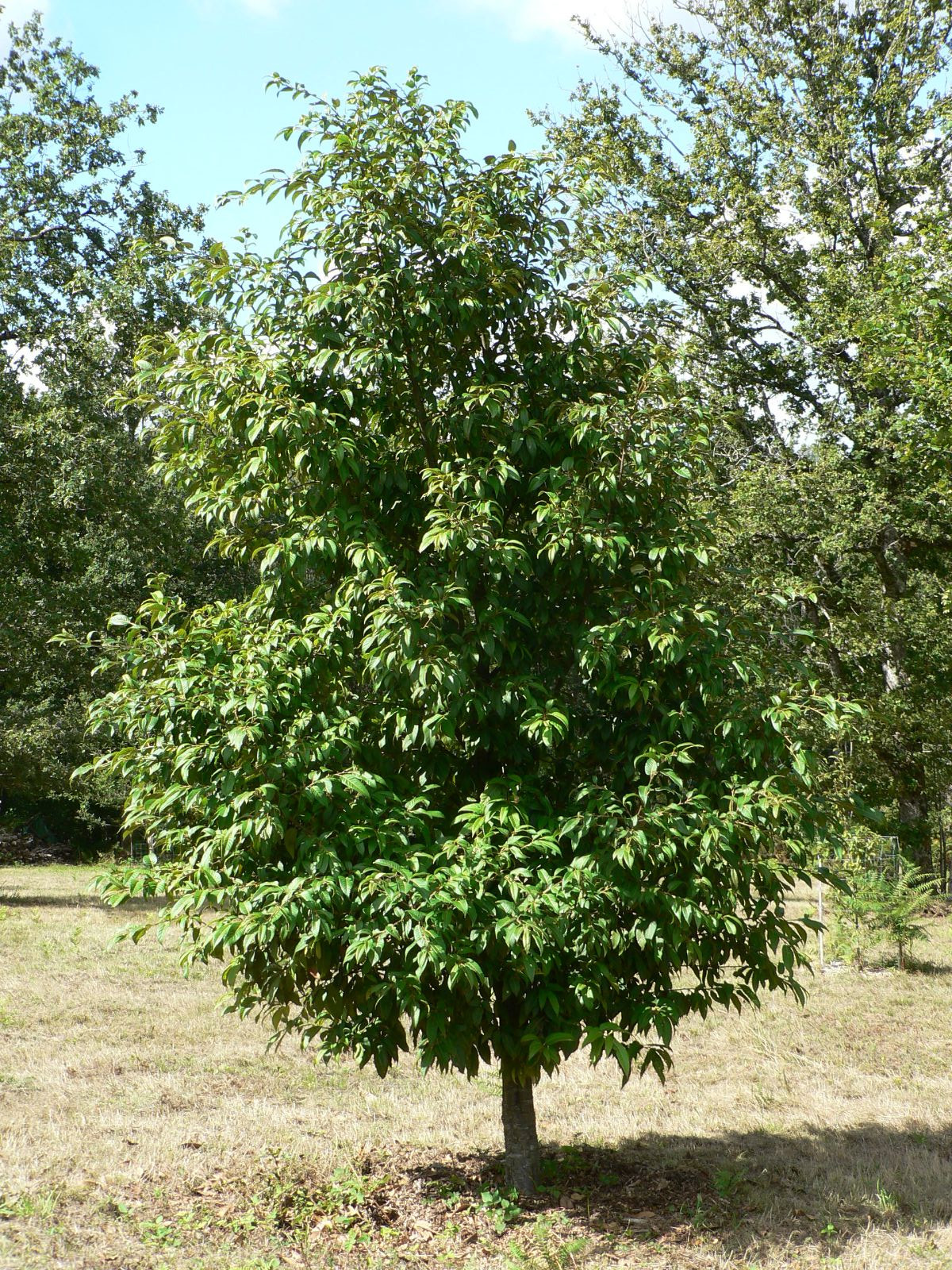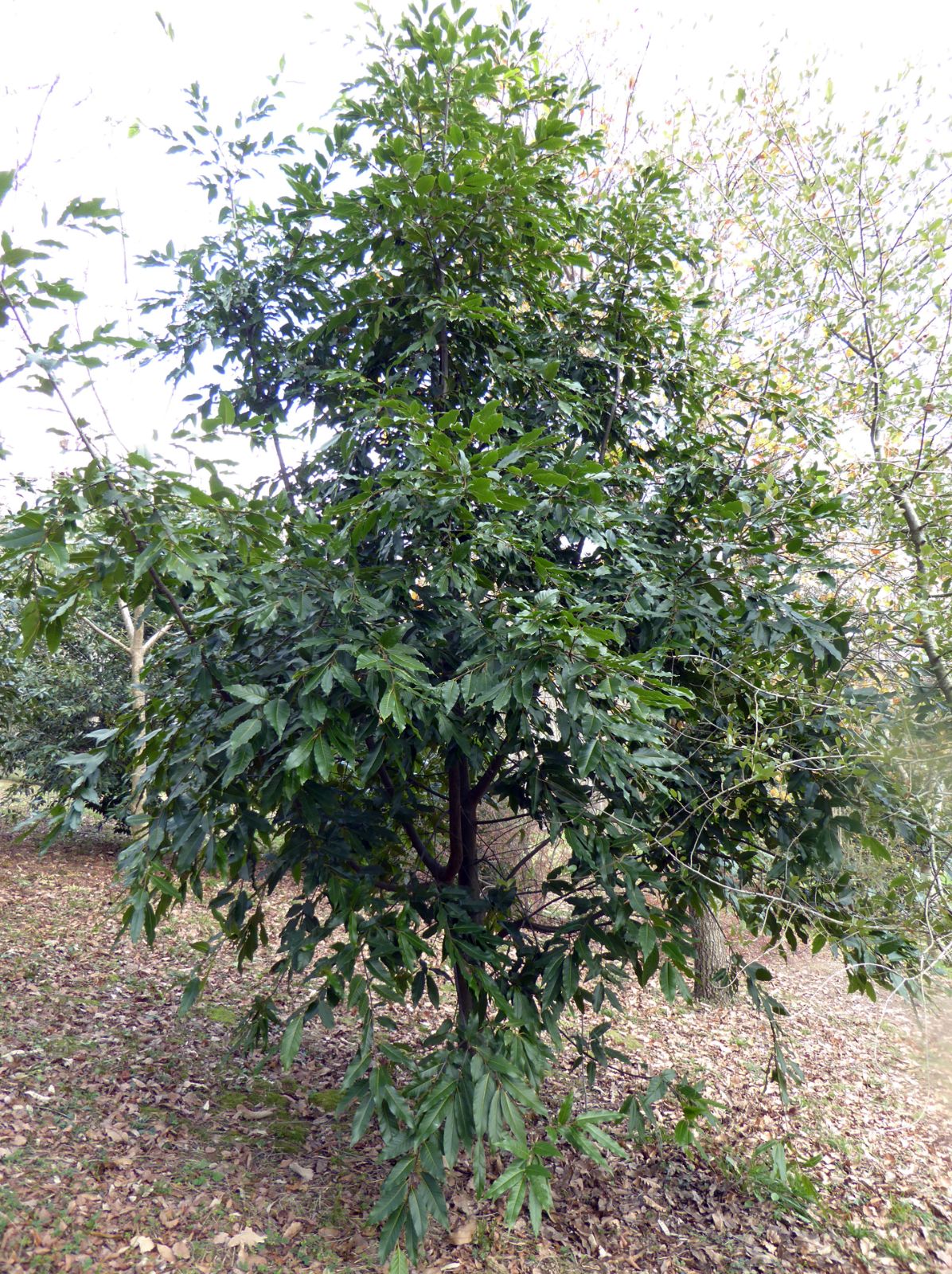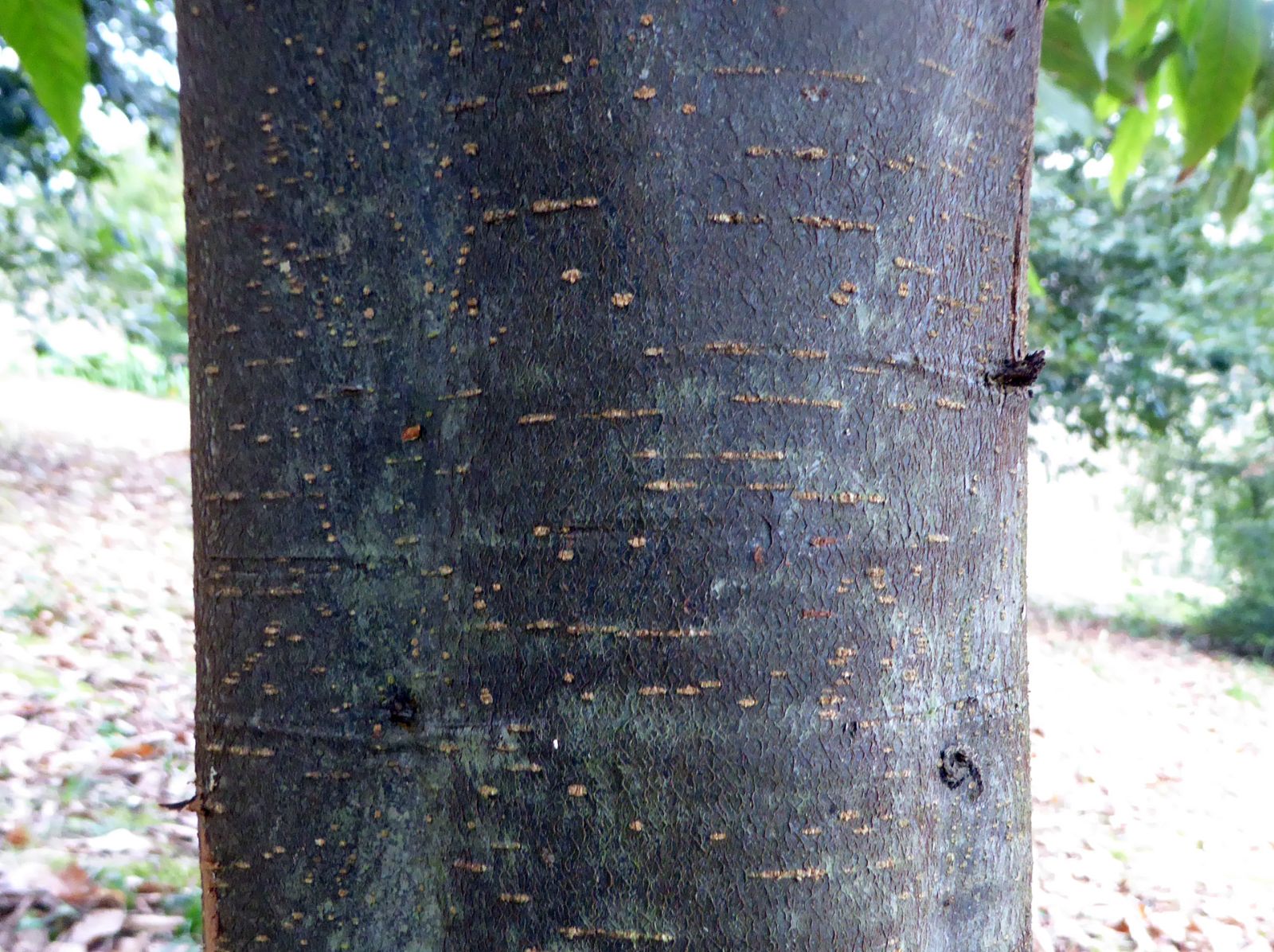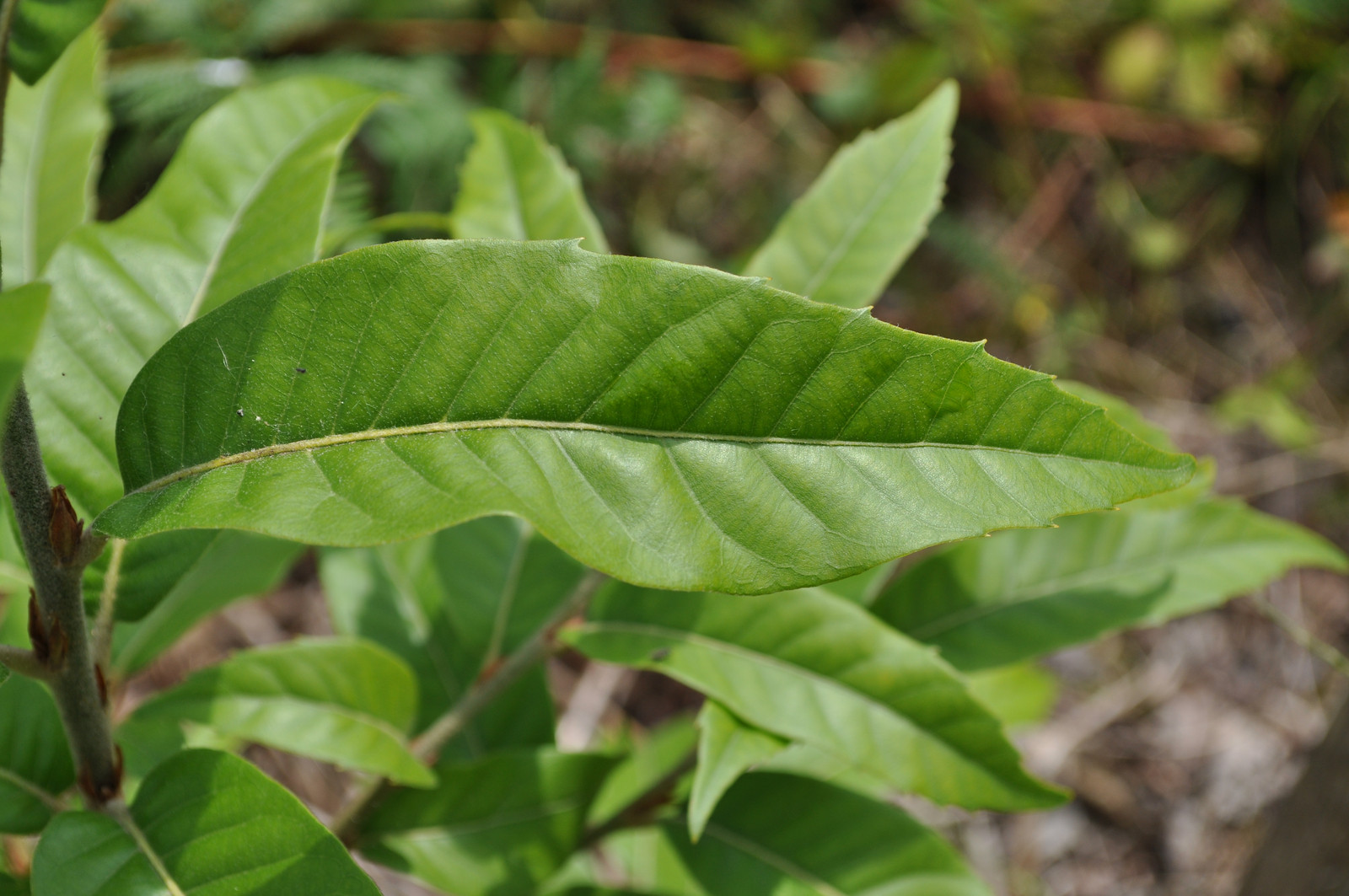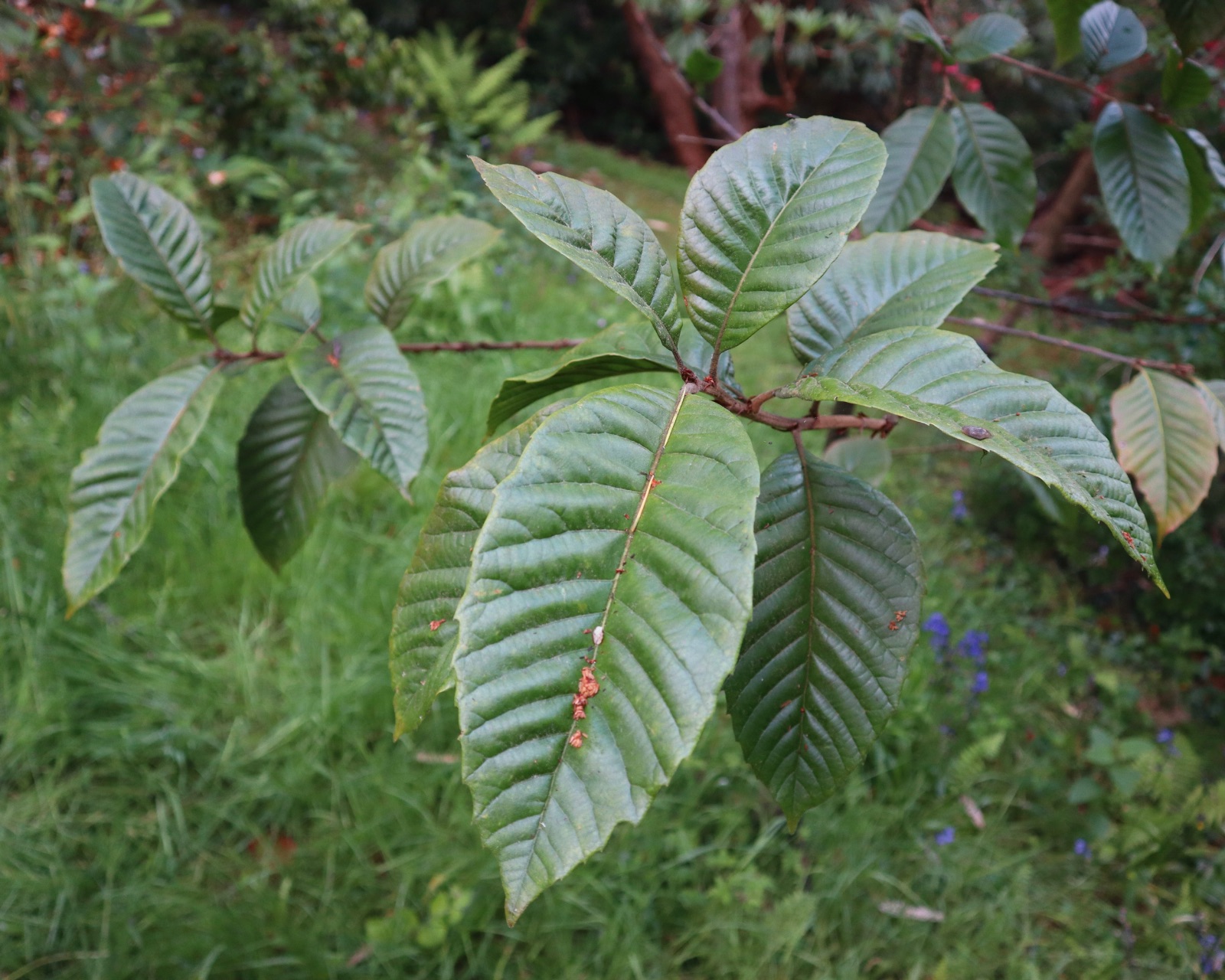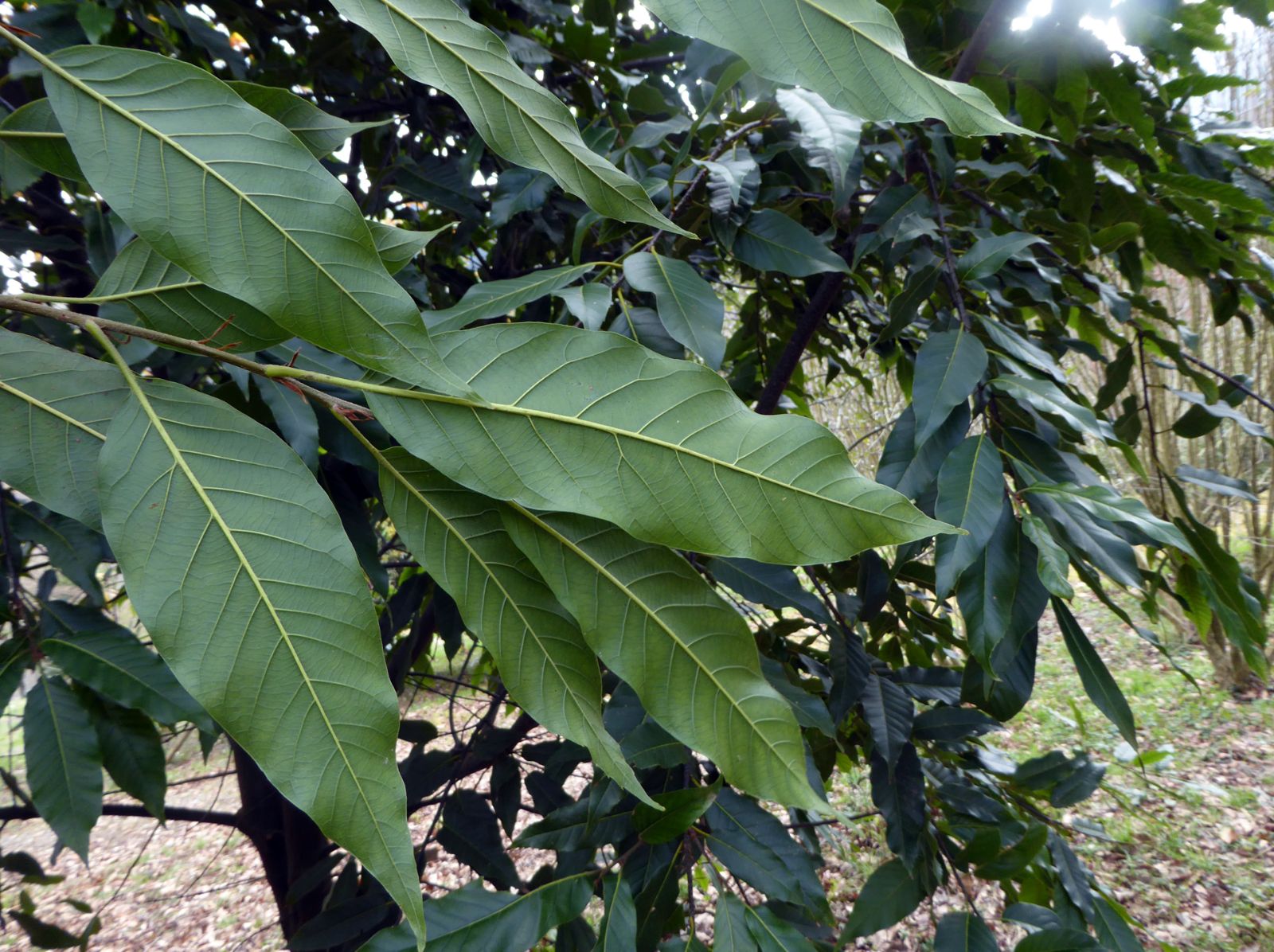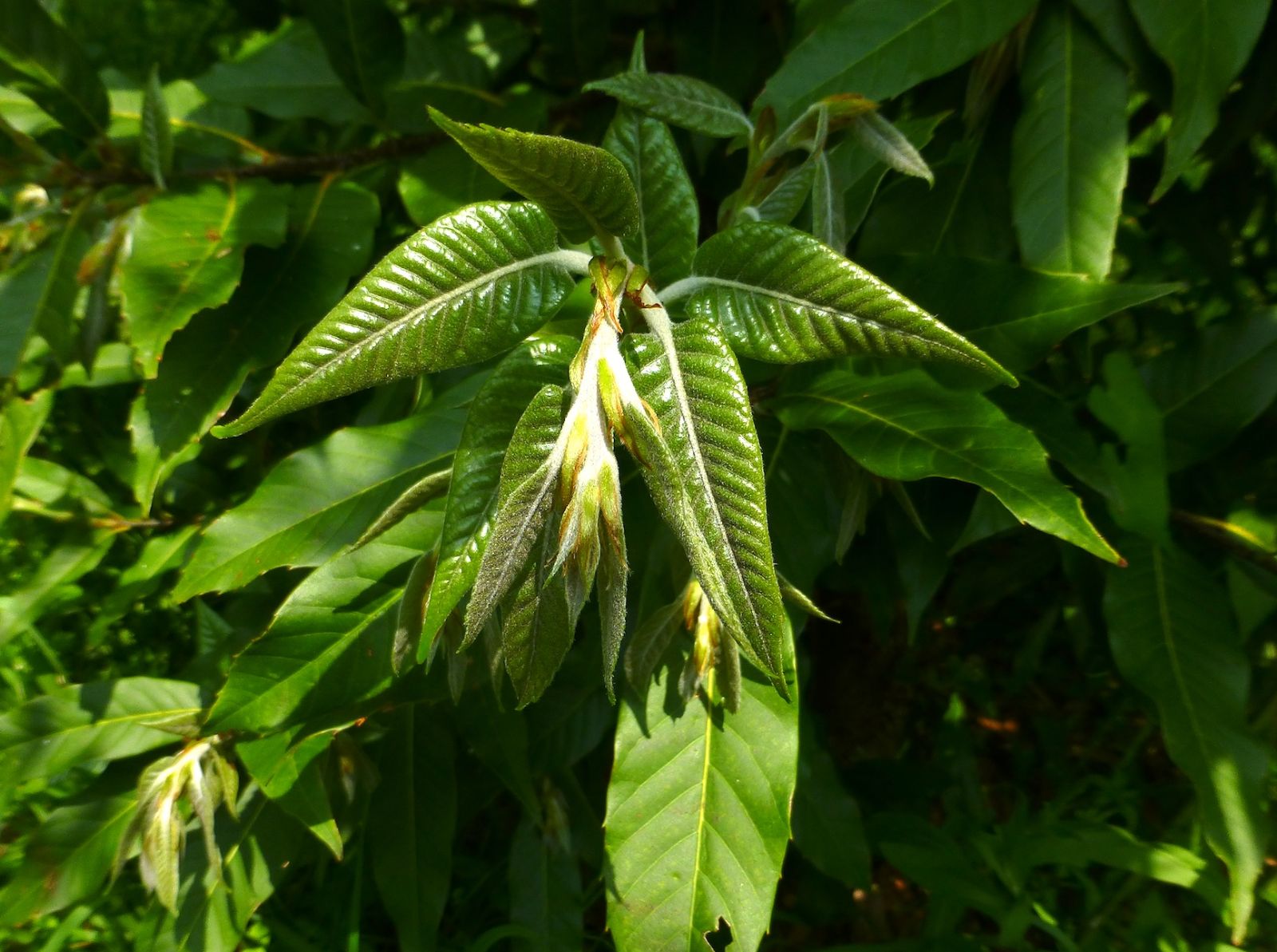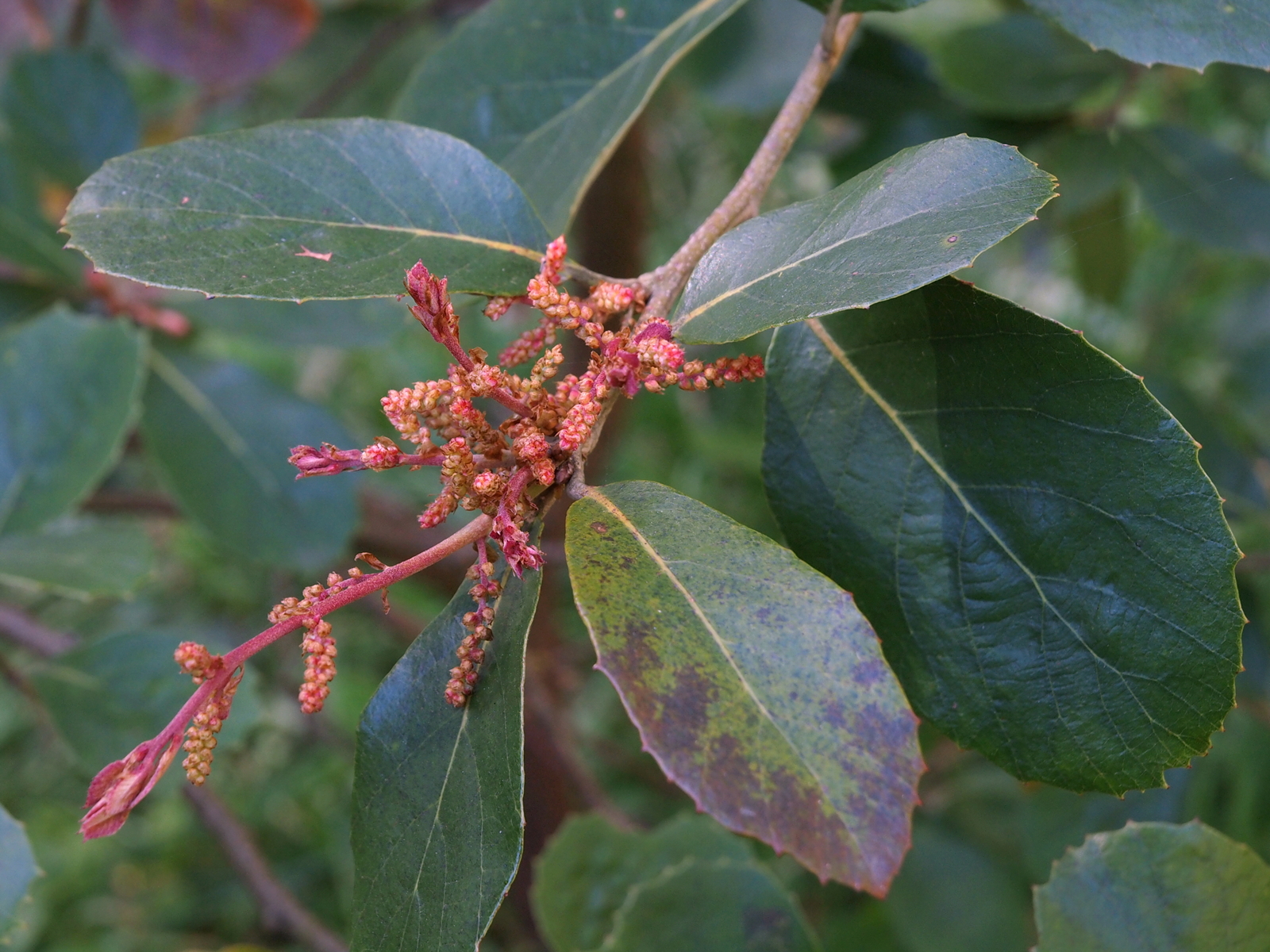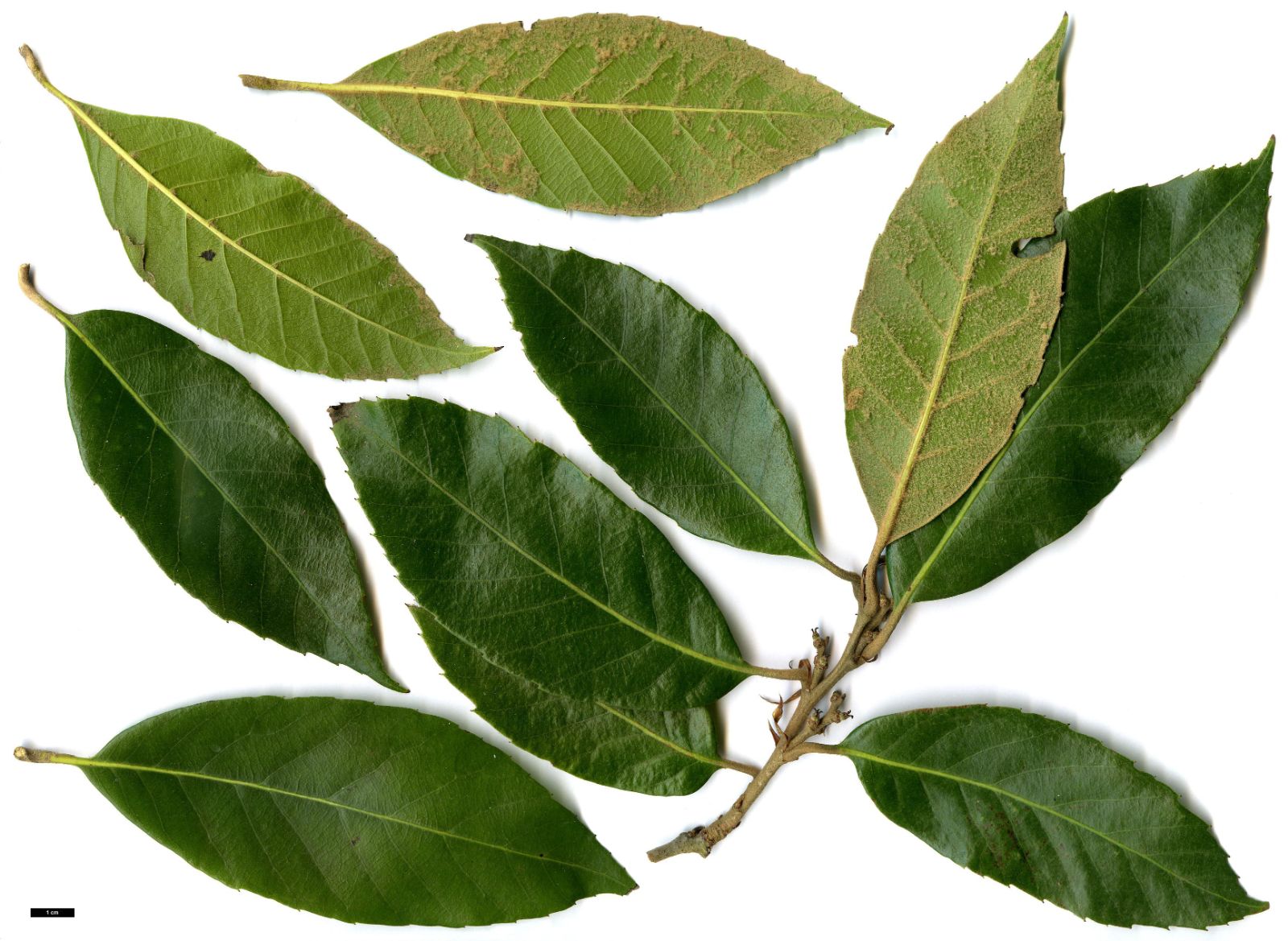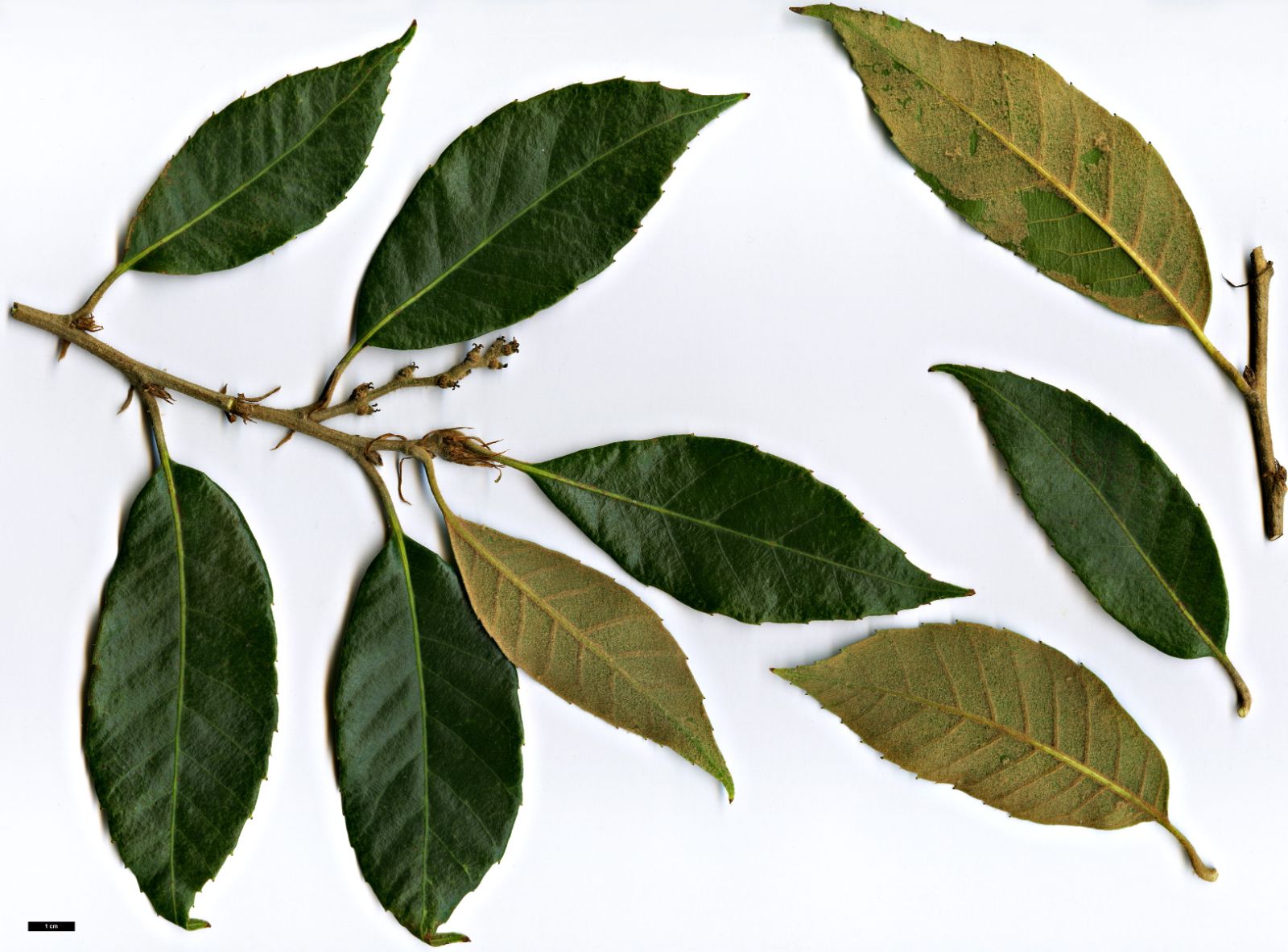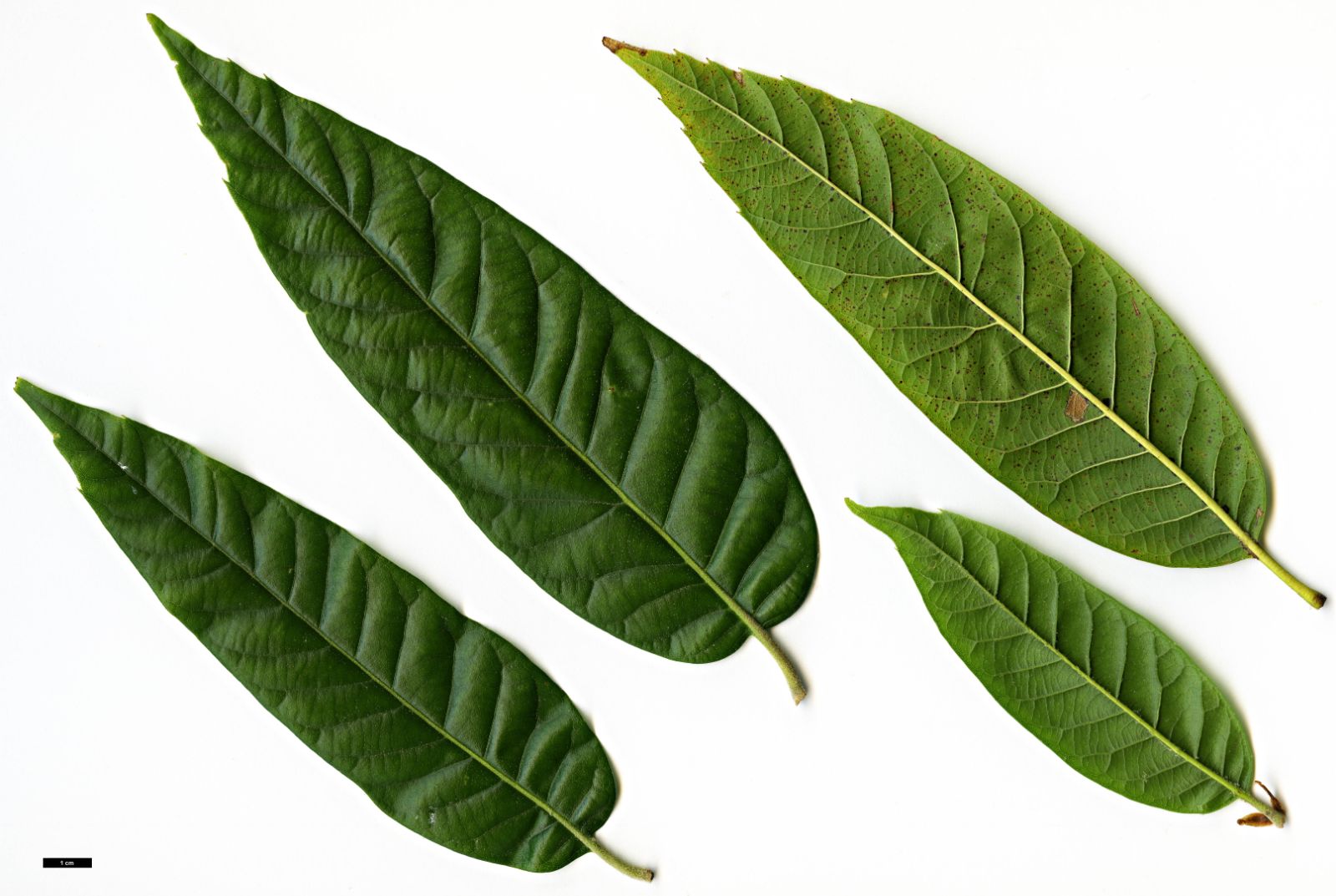Quercus engleriana
Sponsor
Kindly sponsored by
The Trees and Shrubs Online Oak Consortium
Credits
Allen Coombes & Roderick Cameron (2021)
Recommended citation
Coombes, A. & Cameron, R. (2021), 'Quercus engleriana' from the website Trees and Shrubs Online (treesandshrubsonline.
Genus
- Quercus
- Subgen. Cerris, Sect. Ilex
Synonyms
- Quercus obscura Seemen
- Quercus sutchuenensis Franch.
- Quercus dolichostyla A. Camus
- Myrica cavaleriei H. Lév.
Other taxa in genus
- Quercus acerifolia
- Quercus acherdophylla
- Quercus acrodonta
- Quercus acuta
- Quercus acutifolia
- Quercus acutissima
- Quercus afares
- Quercus affinis
- Quercus agrifolia
- Quercus alba
- Quercus aliena
- Quercus alnifolia
- Quercus aquifolioides
- Quercus arizonica
- Quercus arkansana
- Quercus aucheri
- Quercus augustini
- Quercus austrina
- Quercus × auzendei
- Quercus baloot
- Quercus bambusifolia
- Quercus baronii
- Quercus bicolor
- Quercus brantii
- Quercus buckleyi
- Quercus canariensis
- Quercus canbyi
- Quercus candicans
- Quercus castanea
- Quercus castaneifolia
- Quercus cerris
- Quercus chenii
- Quercus chrysolepis
- Quercus coccifera
- Quercus cocciferoides
- Quercus coccinea
- Quercus conspersa
- Quercus crassifolia
- Quercus crassipes
- Quercus delavayi
- Quercus dentata
- Quercus deserticola
- Quercus dolicholepis
- Quercus douglasii
- Quercus dumosa
- Quercus durifolia
- Quercus eduardii
- Quercus ellipsoidalis
- Quercus emoryi
- Quercus engelmannii
- Quercus euboica
- Quercus eugeniifolia
- Quercus fabri
- Quercus faginea
- Quercus falcata
- Quercus floribunda
- Quercus frainetto
- Quercus franchetii
- Quercus fruticosa
- Quercus fusiformis
- Quercus gambelii
- Quercus garryana
- Quercus geminata
- Quercus georgiana
- Quercus germana
- Quercus gilliana
- Quercus gilva
- Quercus glabrescens
- Quercus glauca
- Quercus graciliformis
- Quercus gravesii
- Quercus griffithii
- Quercus grisea
- Quercus guyavifolia
- Quercus hartwissiana
- Quercus hemisphaerica
- Quercus × hispanica
- Quercus hondae
- Quercus hypargyrea
- Quercus hypoleucoides
- Quercus ilex
- Quercus ilicifolia
- Quercus imbricaria
- Quercus incana
- Quercus infectoria
- Quercus insignis
- Quercus ithaburensis
- Quercus kelloggii
- Quercus × kewensis
- Quercus kiukiangensis
- Quercus laceyi
- Quercus laevis
- Quercus lamellosa
- Quercus lanata
- Quercus lancifolia
- Quercus laurifolia
- Quercus laurina
- Quercus × leana
- Quercus leucotrichophora
- Quercus × libanerris
- Quercus libani
- Quercus lobata
- Quercus lobbii
- Quercus lodicosa
- Quercus longinux
- Quercus longispica
- Quercus look
- Quercus × ludoviciana
- Quercus macranthera
- Quercus macrocalyx
- Quercus macrocarpa
- Quercus macrolepis
- Quercus marilandica
- Quercus mexicana
- Quercus michauxii
- Quercus mongolica
- Quercus monimotricha
- Quercus montana
- Quercus morii
- Quercus muehlenbergii
- Quercus myrsinifolia
- Quercus myrtifolia
- Quercus nigra
- Quercus × numidica
- Quercus oblongifolia
- Quercus obtusata
- Quercus oglethorpensis
- Quercus oxyodon
- Quercus pagoda
- Quercus palmeri
- Quercus palustris
- Quercus pannosa
- Quercus parvula
- Quercus petraea
- Quercus phellos
- Quercus phillyreoides
- Quercus planipocula
- Quercus poilanei
- Quercus polymorpha
- Quercus pontica
- Quercus prinoides
- Quercus pubescens
- Quercus pyrenaica
- Quercus rehderiana
- Quercus reticulata
- Quercus robur
- Quercus rotundifolia
- Quercus rubra
- Quercus rugosa
- Quercus rysophylla
- Quercus sadleriana
- Quercus salicina
- Quercus sartorii
- Quercus × schneideri
- Quercus schottkyana
- Quercus semecarpifolia
- Quercus senescens
- Quercus serrata
- Quercus sessilifolia
- Quercus setulosa
- Quercus shumardii
- Quercus sinuata
- Quercus spinosa
- Quercus stellata
- Quercus stenophylloides
- Quercus suber
- Quercus subspathulata
- Quercus tarokoensis
- Quercus tatakaensis
- Quercus texana
- Quercus tomentella
- Quercus trojana
- Quercus tungmaiensis
- Quercus turbinella
- Quercus × turneri
- Quercus undulata
- Quercus utahensis
- Quercus utilis
- Quercus uxoris
- Quercus variabilis
- Quercus velutina
- Quercus virginiana
- Quercus vulcanica
- Quercus warburgii
- Quercus wislizenii
- Quercus xalapensis
Trees to 25 m tall, usually around 6 m, evergreen or semievergreen. Bark thin, dark brown, consisting of small irregular scales. Young branchlets yellowish gray tomentose, glabrescent. Petiole 1–2 cm, tomentose, glabrescent; leaves rigid, leathery, leaf blade lanceolate, ovate, ovate-elliptic, or elliptic, 6–16 × 2.5–5.5 cm, upper face dark green, shiny, glabrous or rugose with some sparse pubescence, underside initially covered with dense, yellowish brown or bronze, floccose tomentum, soon becoming glabrous or retaining fascicled hairs on axil of veins, base rounded, broadly cuneate, or rarely shallowly cordate, margin serrate with sharp, forward-facing teeth from middle to apex or sometimes entire, apex acuminate; midvein and secondary veins adaxially flat or sometimes impressed; secondary veins 10–13 on each side of midvein; tertiary veins abaxially slender, evident to prominent or obscured by indumentum when young. Female inflorescences axillary on apical portion of young shoots, 1–3 cm. Infructescence 1–5 cm; cupules 1–10. Cupule bowl- or funnel-shaped, 4–7 × 8–12 mm, enclosing 1/3–1/2 of nut; scales ovate-lanceolate, c. 1 mm, grayish brown pubescent basal to middle, apex purple red and glabrous, interior of cupule silky. Nut narrowly ovoid, 1–2 × 0.6–1 cm, glabrous; scar 3–5 mm in diameter, raised; stylopodium 2–3 mm. Flowers May–June, acorns ripen in November of the same year (China). (Huang et al.1999; le Hardÿ de Beaulieu & Lamant 2010).
Distribution China Fujian, Guangdong, Guangxi, Guizhou, Henan, Hubei, Hunan, Jiangxi, Shaanxi, Sichuan, Xizang, Yunnan, Zhejiang India Assam
Habitat Mixed mesophytic forests in rocky sites; 700–2700 m asl.
USDA Hardiness Zone 7-8
Conservation status Least concern (LC)
Taxonomic note Quercus marlipoensis Hu & W.C.Cheng is closely related to Q. engleriana and may eventually be regarded as a synonym. It was introduced from 1789 m in Ma-li-po county, Yunnan, China in 2013 and is represented by a plant at Tregrehan, UK. It has much broader leaves than forms of Q. engleriana seen and also a much more persistent tomentum on the veins of the leaf underside (T. Hudson pers. comm.).
Introduced to the Coombe Wood Nursery in 1900 by E.H. Wilson, who observed that this is always a small tree and is common in rocky places at 1000–2000 m asl. According to Bean (1976), it is one of the finest of hardy evergreen oaks for its foliage and in the milder counties of the UK should make a very handsome tree. A tree at Caerhays, England, obtained from Kew in 1921, measured 10 m × 21 cm dbh in 1984 but has since died (O. Johnson pers. comm.). A large tree at Werrington Park, England, presumably of the same source, stood 11.5 m tall in 1966 (Tree Register 2020), and was still alive in 2000; however, it has not been possible to confirm its continued existence and doubts have been expressed about its identification (O. Johnson pers. comm.). Several younger specimens are recorded in the Tree Register (2020), of which the tallest grows at Sir Harold Hillier Gardens, England and reached 7.1 m × 4.5 cm in 2020, accessioned in 1980 (B. Clarke pers. comm. 2020).
This name has been traditionally applied to the plant described here with rigid, leathery leaves that have a dense floccose tomentum on the underside when young. More recent introductions under this name appear rather different with larger, thinner, and almost glabrous leaves. They are still accepted by Chinese botanists as part of Q. engleriana. Trees of this form grow at the Iturraran Botanic Garden, Spain, about 10 m tall in 2020 with leaves up to 25 × 10 cm (F. Garin pers. comm. 2020); another specimen in Arboretum des Pouyouleix, France has reached 7 m (B. Chassé pers. comm. 2020).
Described in 1897 and named after Prof. Adolf Engler (1844–1930), German botanist and professor at the University of Berlin and Director of the Berlin-Dahlem Botanic Garden.

